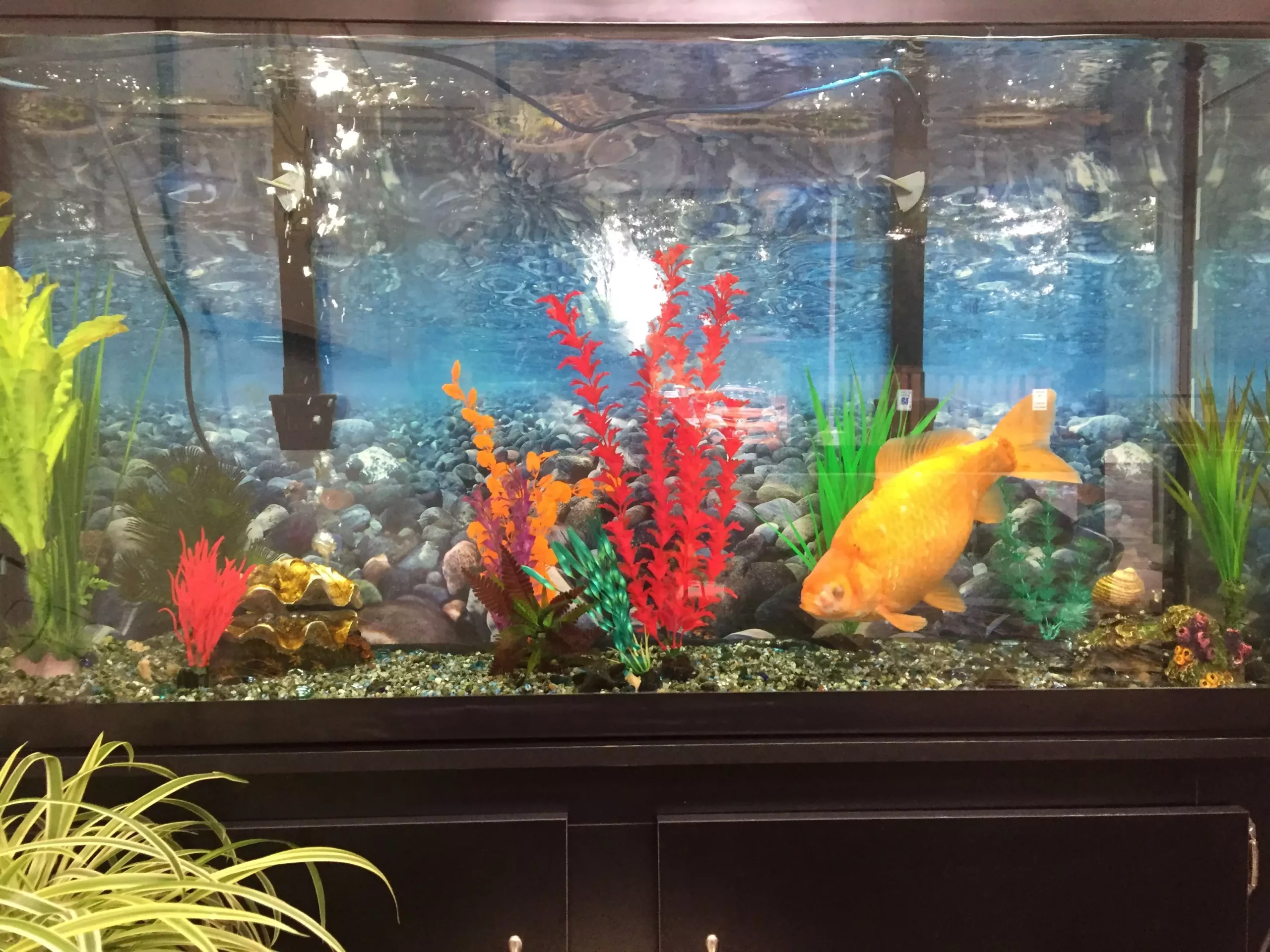The allure of aquarium fish captivates many, particularly those who are new to the hobby. Among the myriad of options available, the Comet goldfish stands out as a premier choice for beginners. As we delve into the fascinating world of Comet goldfish, we explore their care requirements, historical background, suitable tankmates, and both potential advantages and challenges for hobbyists.
Understanding Comet Goldfish: Characteristics and Origins
The Comet goldfish (Carassius auratus) is renowned for its hardiness and vibrant colors, ranging from white and orange to shades of brown. These long-bodied fish can grow impressively, often reaching lengths of 12 to 14 inches. While their eye-catching appearance makes them desirable, their adaptability to less-than-ideal conditions makes them particularly appealing for novice aquarists.
The rich history of the Comet goldfish dates back centuries, originating from the Crucian carp. Initially bred for food, these fish caught the eye of enthusiasts who began selecting for unique colorations and markings. Over generations, this selection spawned the Comet goldfish we recognize today, while also leading to the development of various fancy goldfish types with distinct physical features.
Despite their beauty and charm, Comet goldfish come with a responsibility that every owner must recognize – they are often an invasive species when released into unsuitable environments. Thus, it is imperative never to release them into the wild, as it poses a threat not just to the fish themselves but also to native ecosystems.
One of the crucial aspects of keeping Comet goldfish is ensuring they have enough space to thrive. While many beginners might consider a small aquarium, the reality is that these fish require ample room. Ideally, a minimum of a 50-gallon tank is recommended, particularly if you plan to house multiple fish. Young Comets may seem comfortable in smaller setups initially, but neglecting to upgrade their living space can lead to stunted growth and a host of health complications.
The substrate you choose also matters. Comet goldfish enjoy foraging through gravel or sand, which allows them to exhibit their natural behavior. It’s important to note that their curious nature means they will often rearrange tank decor and potentially uproot live plants, making tank design an essential consideration.
A vital component of goldfish care is providing a well-rounded diet. Commercial pellets designed specifically for goldfish contain essential nutrients and proteins needed for growth. When selecting food, aim for a protein content between 30% and 32%. Pellets are generally better than flakes, as they retain more nutrients and reduce waste in the tank.
Feeding frequency can vary based on tank temperature. If your aquarium remains below 70°F (21°C), it’s advisable to limit feeding to once daily. However, if temperatures rise above this threshold, fish can be fed twice daily to meet their heightened energy needs. An interesting fact is that Comet goldfish often exhibit a voracious appetite, which means treating them to low-calorie snacks like shelled peas can be both nourishing and entertaining.
Social Dynamics: Choosing Compatible Tankmates
Comet goldfish are social creatures, thriving in community settings. Nonetheless, selecting the right tankmates is critical. They are generally peaceful, but their size and energy levels must align with potential companions. Smaller fish may become prey during feeding times, so it’s wise to choose larger species or other goldfish as companions. Suitable tankmates include zebra fish, ornamental minnows, or even snails, as long as they can coexist at cooler water temperatures.
Another exciting option to consider is keeping Comets in outdoor ponds. They adapt remarkably well to pond environments, provided that the conditions are adequate. Unlike koi, they possess a smaller size, making them ideal for modestly sized ponds and allowing for coexistence with larger fish.
Breeding Comet goldfish can be an exhilarating yet messy endeavor. Spawning typically occurs in spring and involves the female releasing eggs that male fish fertilize. However, it’s essential to note that many goldfish eat their own eggs, a behavior motivated by their natural instincts. If you plan to breed Comets, immediate removal of fertilized eggs to a separate tank can increase the chances of survival for the fry.
Interestingly, the sex differentiation in Comet goldfish can be observed more easily in outdoor environments, where seasonal changes prompt males to develop distinct features. The small papules that appear on male opercula can often be mistaken for tumors, but are, in fact, a natural aspect of their development.
Comet goldfish represent a rewarding entry point into aquatic pet keeping. Their hardiness, captivating colors, and engaging behaviors make them a favorite among enthusiasts. However, successful ownership requires an understanding of their needs, a commitment to maintaining water quality, and thoughtful planning for tank size and companionship. Whether housed in an aquarium or a serene pond, the comet goldfish has a place in the hearts of many, promising years of companionship and joy for their caretakers.

